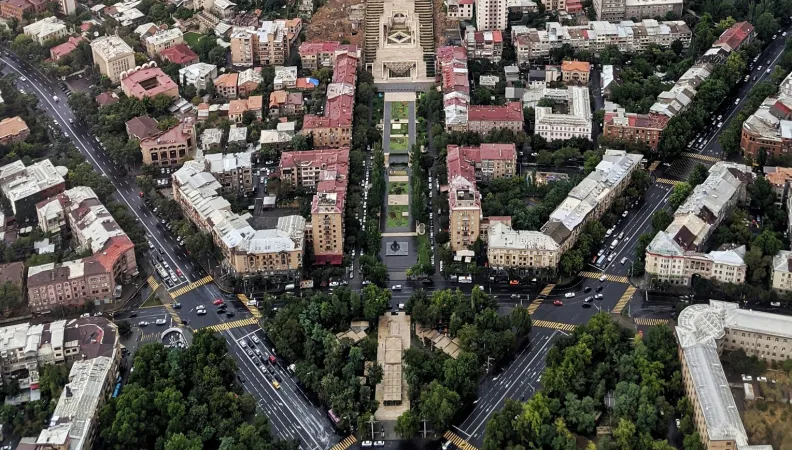Share the page
Macroeconomic country-assessment – Armenia

-
Project start date
-
2024Status
Ongoing
-
Country and region
-
Location
-
Armenia
-
Research program
Armenia is one of the 60 countries followed by AFD’s country-risk economists, whose assessments shed light on countries' economic trajectory and macroeconomic and financial situation.
Context
Present in Armenia since 2013, the AFD group finances projects that contribute to the fight against climate change and work for just and inclusive transitions. We support the sustainable management and preservation of natural resources, energy transition, public finance management and urban services.
Goal
Produced by AFD's team of country-risk economists, macroeconomic country assessments provide an analysis of development processes in countries in which AFD operates. They also characterize their growth trajectory, and detect economic, social, political and financial vulnerabilities associated with these trajectories. AFD Group is thus in a position to properly measure the challenges and monitor the risks associated with each of its investments.
Emphasis is placed on developing countries, particularly in Africa, for which macroeconomic analyses are rare or infrequent. AFD seeks to complement existing production on the global economic situation, more focused on advanced economies and major emerging countries.
Find out more: Macroeconomic Analyses at AFD
Method
Country-risk analysis is based on a close follow-up over a long period of time and rooted in a fine knowledge of local contexts. Cyclical trends, often highlighted in the news, are always examined in the light of structural trends and of the regional context in which they take place. The aim is to highlight country-specific macroeconomic issues while assessing risks against comparable time- and space-based trajectories.
Country-risk economists place the study of socio-political vulnerabilities, the growth model, the viability of public debt, external balances and the soundness of the financial system at the heart of their assessment, and give specific attention to countries' exposure to climate risks.
Lessons learned
This small land-locked economy of 2.8 million inhabitants has derived positive economic benefit from the inflows of Russian migrants and capital since the outbreak of the war in Ukraine. Economic growth was robust in 2022 (12.6%) and 2023 (8.7%), the external accounts were strengthened, and public finances were consolidated. However, the country’s historically volatile economic performance remain exposed to the growing (geo)political risks in the region. The government of Nikol Pashinyan is responding to the pressure through precaution, and is seeking to secure Western support in the conflict with Azerbaijan. However, on the domestic front, it faces sharp criticism over the concessions it would grant to its neighbor in the context of the border demarcation following Baku’s military takeover of Nagorno-Karabakh in September 2023. Given the country’s vulnerability to a turnaround in financial inflows, the IMF urges caution and recommends building up additional fiscal and external buffers. This will especially be necessary because Armenia must internally manage the arrival and economic and social integration of the 100,000 refugees from Nagorno-Karabakh.
Download our publications on the macroeconomic situation of Armenia:
- “Armenia: Economic momentum faced with geopolitical tensions”, in MacroDev Semestrial Panorama #57 (July 2024)
Contact:
- Laura Marie, country-risk economist, AFD
